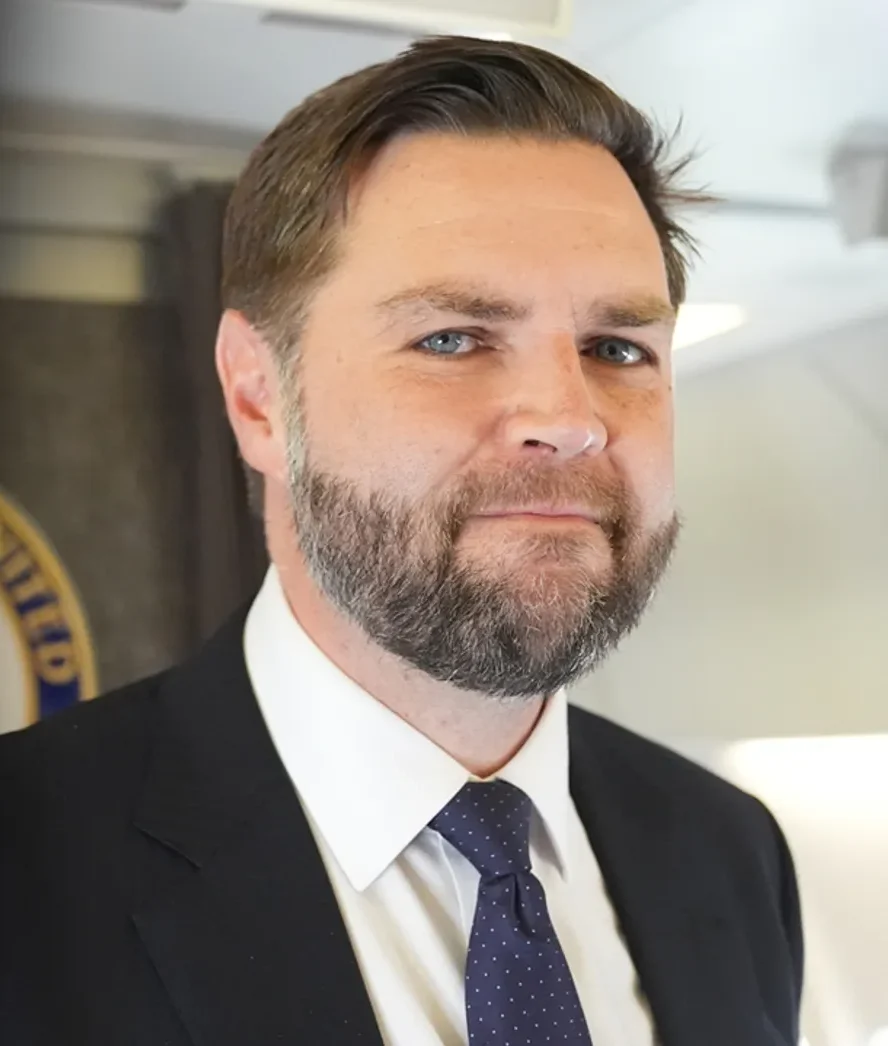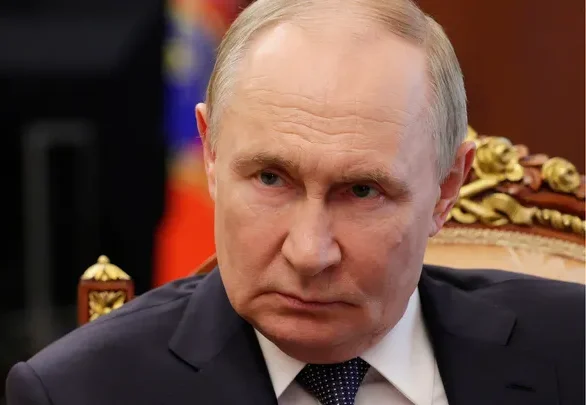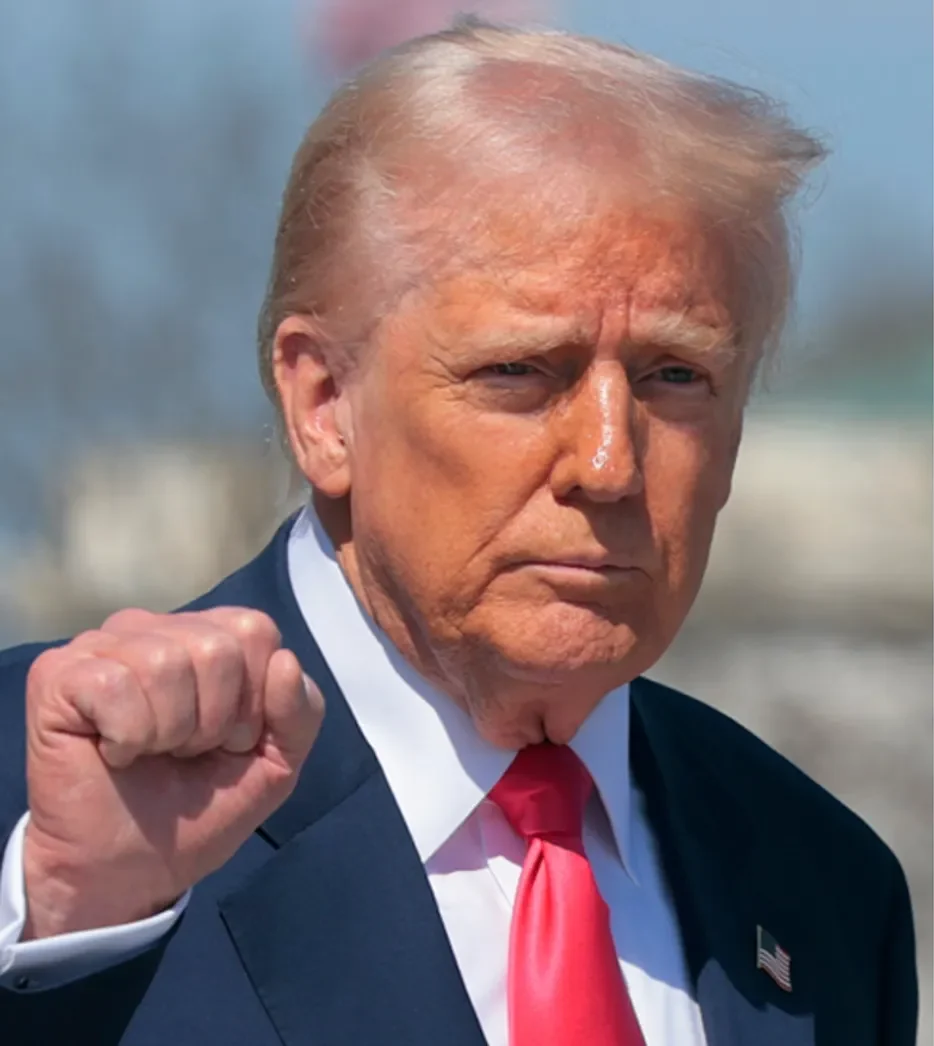Alright, folks, let’s break this down. The war in Ukraine—arguably the most dangerous geopolitical mess of the 21st century—didn’t just materialize out of thin air. To understand where we are, and more importantly, where we’re going, we have to look back at the choices, missteps, and outright failures that got us here.
First, let’s state the obvious: Putin started this war. That’s not up for debate. But why now, in 2022? After all, he invaded Georgia in 2008, annexed Crimea in 2014, and only ramped things up under Biden’s watch. So, what changed?
Well, a few things. For one, Putin has always harbored dreams of expanding Russian influence—either by outright annexation or by bullying weaker neighbors into submission. But he only acts when he calculates that the risk is worth the reward. And by early 2022, the Biden administration and NATO had made it clear that they weren’t in the business of deterrence.
Let’s rewind a bit. The Obama-Biden administration spent years appeasing Putin. Remember Hillary Clinton’s infamous “reset” with Russia? That was built on the naive belief that if we just played nice, Putin would follow suit. Spoiler alert: he didn’t. Instead, he took that as a green light to push further, testing how much he could get away with.
Obama’s hot mic moment in 2012, where he promised Putin “flexibility” after his re-election, was another signal of weakness. And when Putin went ahead and annexed Crimea in 2014, what did Obama do? Nothing meaningful. Just some hand-wringing and weak sanctions. No real consequences.
Fast forward to Biden’s presidency, and the pattern continued. Putin saw:
- The U.S. ignoring his 2014 land grab.
- Biden’s hesitation to react to Russian aggression, even calling potential invasions “minor incursions.”
- America’s disastrous withdrawal from Afghanistan, which was basically an open invitation for adversaries to test U.S. resolve.
And so, in February 2022, Putin made his move.
Now, what followed was a messy, inconsistent, and, at times, contradictory Western response. Biden didn’t want to lose Ukraine, but he also didn’t want to win the war decisively—because that would mean dealing with an increasingly desperate, nuclear-armed Russia. So, instead, Washington and NATO fed Ukraine just enough weapons to survive but not enough to win.
At the same time, we transformed Ukraine into a symbol of heroic defiance while glossing over some uncomfortable truths—like Zelensky’s wartime measures that all but silenced opposition parties and postponed elections indefinitely. Meanwhile, Ukraine was bleeding out, with hundreds of thousands killed or wounded and its infrastructure reduced to rubble.
So, what now? How does this war end?
Enter Donald Trump.
Trump has made it clear: he wants this war over—fast. And whether people love or hate him, it’s undeniable that he has leverage.
For one, Ukraine cannot survive without U.S. aid. If Trump even suggests cutting back support, Zelensky has no choice but to listen. And second, Zelensky’s 2022 rock-star status has faded. He’s now leading a battered, exhausted country with no clear path to victory.
Trump’s plan? Something nobody will like—but something that might actually work.
Ukraine has abandoned its NATO ambitions, recognizing that continuing to pursue membership only extends the conflict. A negotiated settlement appears to be the likely path forward—one that prevents further Russian aggression but may require Ukraine to relinquish some of its lost territories. Meanwhile, Europe will be expected to take on a greater share of its own defense responsibilities.
Trump will make it clear that NATO allies must meet higher spending commitments, reaching 5% of GDP on defense, or the U.S. will scale back its role. The era of America footing the bill is over. With this shift, the focus turns to China, which Trump and most strategic analysts see as the more significant long-term threat. Redirecting military resources to counter Beijing’s influence is no longer an option—it is a necessity.
So, the bottom line?
Trump’s plan isn’t about “winning” in a conventional sense. It’s about ending the war in a way that stops the bloodshed, keeps Putin in check, and allows Ukraine to rebuild—without dragging the U.S. into a never-ending quagmire.
For all the media outrage and left-wing hysteria about Trump’s comments, one thing is clear: he’s making people think about ending this war. And right now, that’s a conversation worth having.



